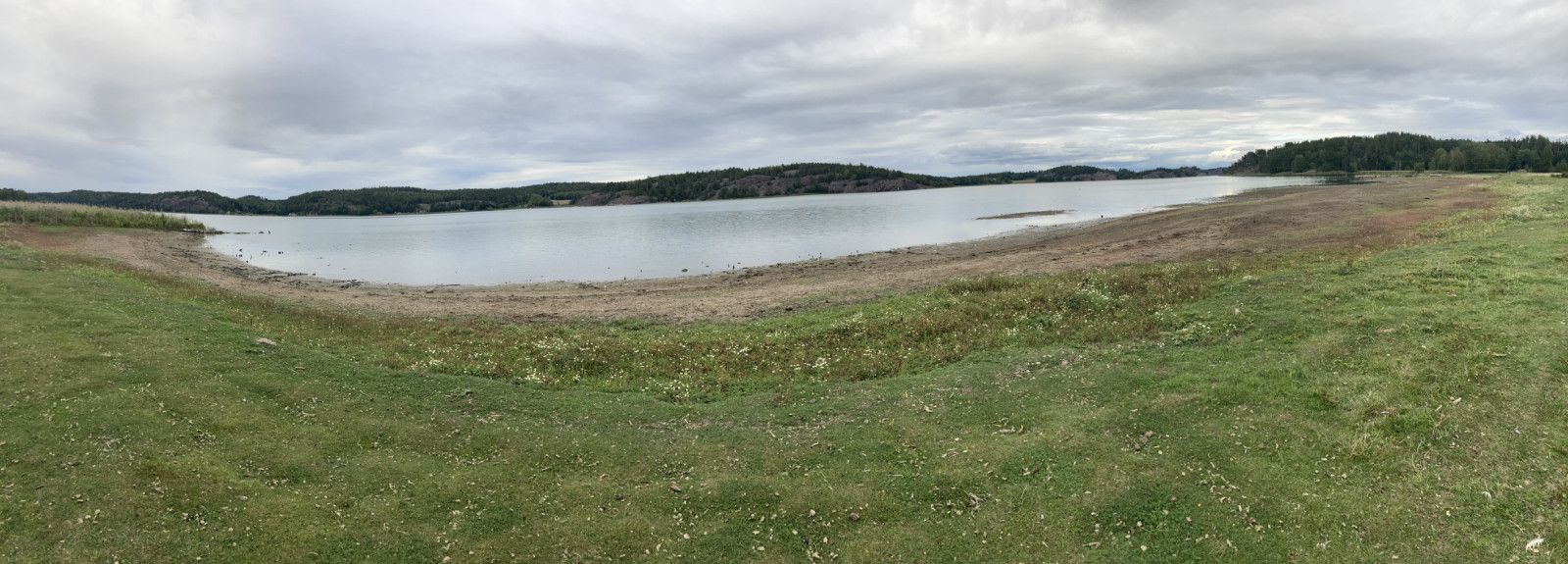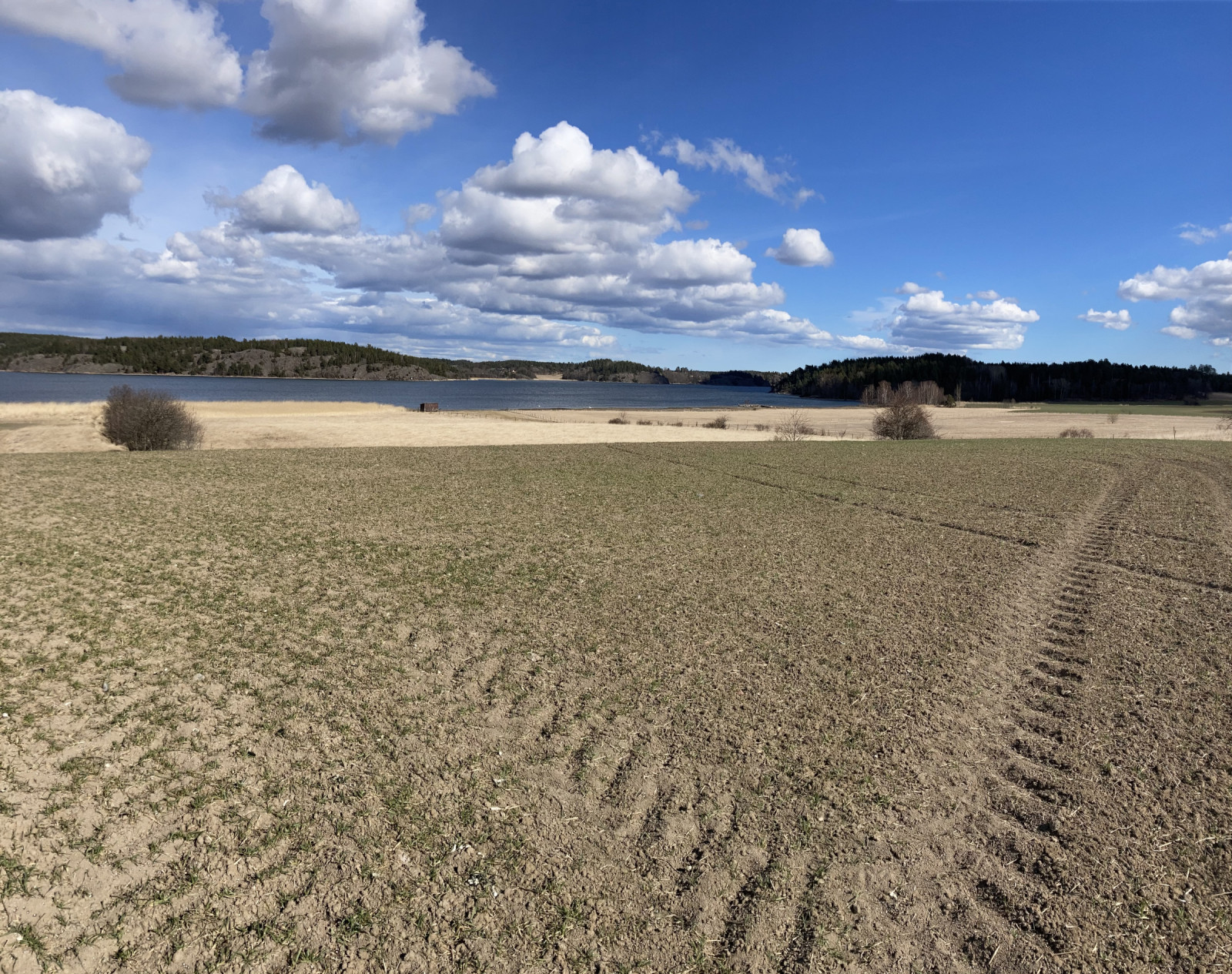Descripción
The birds start to arrive at Killingholmen in February when the ice starts to loose its grip on the coastal waters. Then ducks start to rest in the shallow parts of the bay; Porrón Moñudo (at most 100) and around 1000 Serreta Grande can be found. Also the rarer winter ducks like Cerceta Común, Porrón Europeo, Serreta Chica, Porrón Bastardo and Serreta Mediana. A few hundred geese and around 100 Cisne Cantor feed on the areas fields and coastal meadows around march. In March the other early spring birds also arrive; Alondra Común, Paloma Torcaz, Estornino Pinto and Avefría Europea. In spring you can find Bigotudo in the reed beds.
Year round Gavilán Común, Pigargo Europeo and Busardo ratonero are the common predatory birds. But Águila Real, Aguilucho pálido and Milano Real pass by the area. Most common passerine birds arrive in March/April. Slätbaken is a stopping point for passerine birds, which makes it common to find uncommonly early Alondra Totovía and Zorzal Charlo.
From late February and in March the owls in the area can be heard calling. Cárabo Común Mochuelo Alpino and Búho Real are sometimes heard. In March more geese start to arrive and not only the common Barnacla canadiense grande and Ánsar común. Also Ánsar careto (at most 67) and Barnacla Cariblanca (at most 100). Ánsar Campestre, Ánsar Campestre de la Tundra and Ánsar piquicorto are sometimes found. Also Cisne Chico has been observed.
On the coastal meadows large amounts of passerine bird start to rest in the end of March and in April. Bisbita Pratense, Lavandera Blanca, Pardillo Común are the most common. Among these Bisbita Costero is regularly seen. In the large grassy areas Búho Campestre can be found. On the coastal meadows Andarríos Chico, Andarríos Grande, Archibebe Común, Silbón Europeo, Ánade friso, Cuchara Común, Andarríos Bastardo, Chorlito Dorado Europeo, Agachadiza común and Somormujo Lavanco. Most common dabbling ducks are found but only Cerceta Común is numerous (at most 70). At the Torpa damm Cerceta Carretona and Ánade rabudo norteño have been seen, along with smaller amounts of other ducks.
In april large amounts of thrushes move past the fields and coastal meadows. Hundreds of Zorzal Común, Zorzal Alirrojo, Zorzal Real and Zorzal Charlo are seen. In the end of May and April most birds disappear, except for the breeders.
In May the latest passerine birds, and night active birds arrive. On the fields Aguilucho Cenizo, Halcón Peregrino and Guión de Codornices are found. Gaviota sombría sometimes rest on the coastal meadows in May. Camachuelo Carminoso often sings here. On the meadows Barnacla Cariblanca, Ánsar común, Barnacla canadiense grande, Ánade friso, Archibebe Común, Avefría Europea, Somormujo Lavanco, Porrón Moñudo, Porrón Osculado and Focha Común breed. In the area Pico Menor, Alcaudón Dorsirrojo, Cerceta Común and Cisne Cantor breed. At Storåns river mouth you can observe Martín Pescador Común.
During autumn Hov strandängar becomes better for birding. From July the area is a good site for wading birds such as Avefría Europea, Zarapito Real, Chorlitejo Grande, Chorlitejo Chico, Andarríos Chico, Agachadiza común, Chorlito Dorado Europeo, Archibebe Claro, Archibebe Común, Combatiente, Andarríos Bastardo and Andarríos Grande. These are all common, while Correlimos Menudo, Correlimos Común, Zarapito Trinador, Correlimos de Temminck and Correlimos Zarapitín are more rare.
Other wetland birds are often found. Among the rarer birds Martín Pescador Común, Pagaza Piquirroja, Ruiseñor Pechiazul and Garceta Grande can be noted. Large amounts of gulls, geese and terns can be found, especially Ánsar común which some years have been found as numerous as 3000.
Large amounts of passerine birds are found in the meadow areas. The most numerous passerine birds are Jilguero Europeo (250 at most), Golondrina Común (500 at most), Tarabilla Norteña, Collalba Gris, Estornino Pinto (600 at most). Later in autumn Zampullín Común, Agachadiza Chica, Pardillo Piquigualdo, Zampullín Cuellirrojo, Serreta Chica and Porrón Bastardo are sometimes found.
Detalles
Accesso
Inre Slätbaken is located east of the town of Söderköping. Parking can be found around Hov and several other places. Click on a P in the map for directions to a parking spot.





